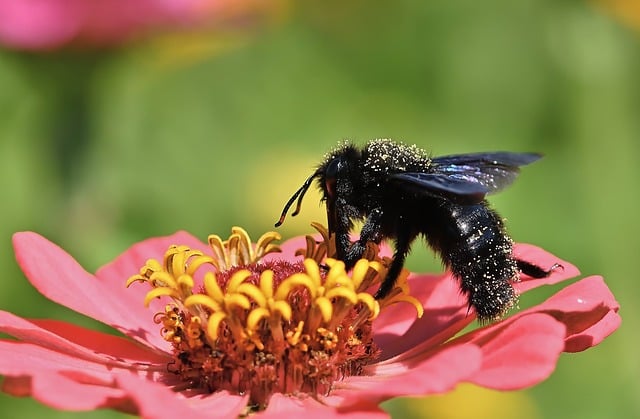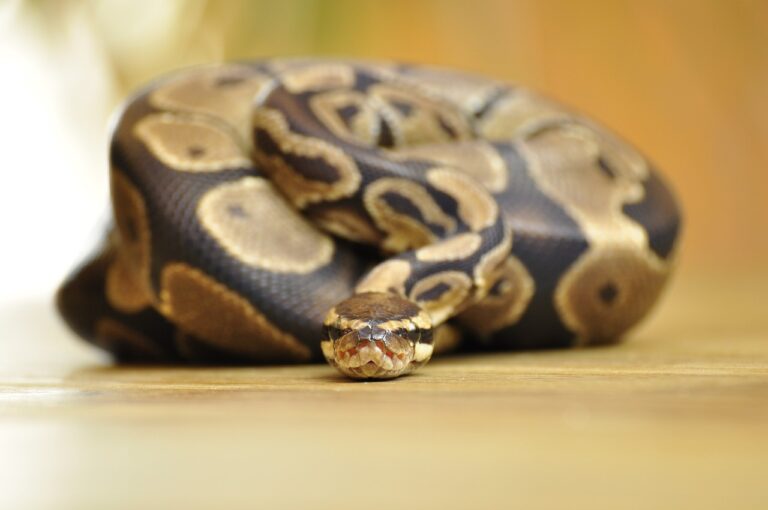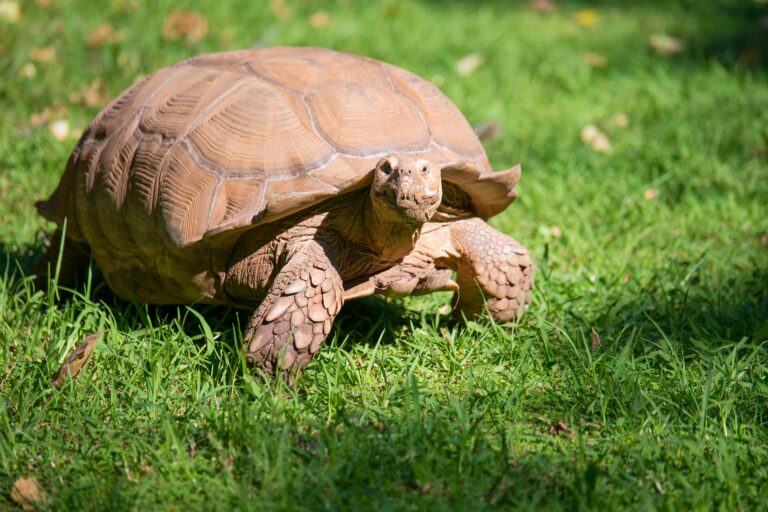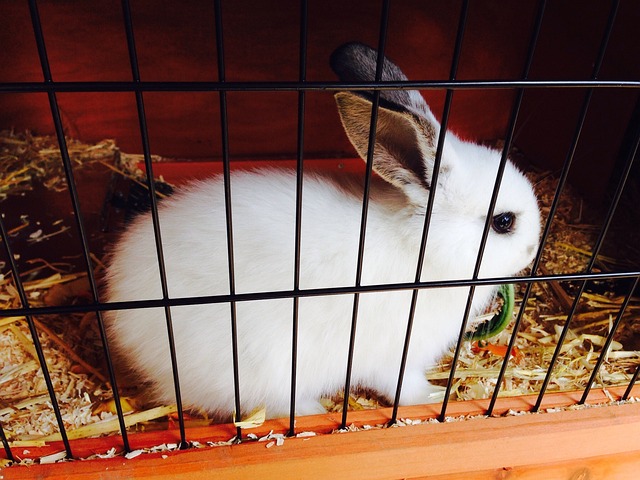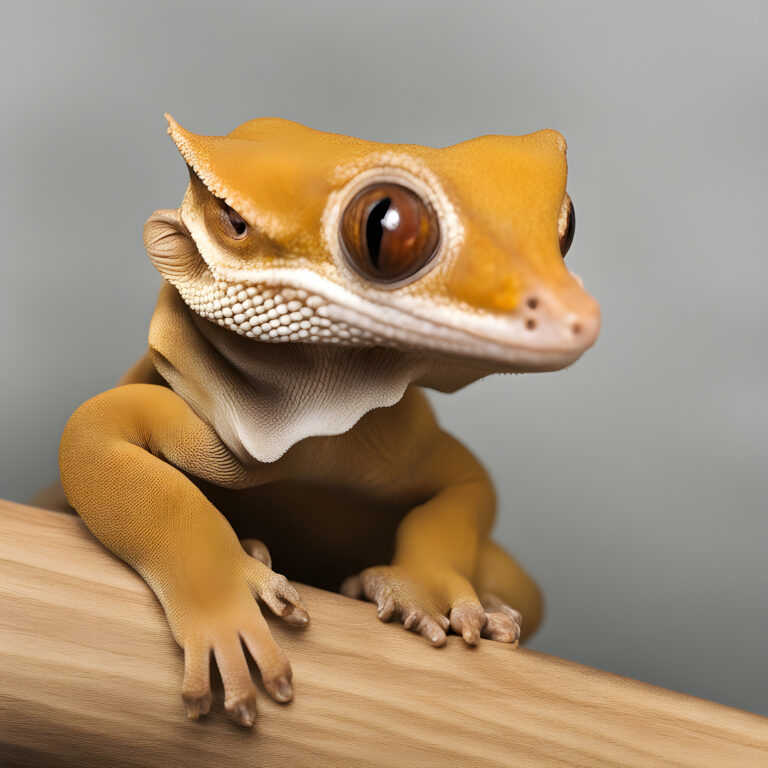A Guide on the Fundamental Aspects of Chameleon Care!
The Ultimate Guide to Chameleon Care: Enclosure Setup, Lighting, Heating, and Humidity
Introduction
Chameleons are fascinating creatures that require specific care to thrive in captivity. In this guide, we will explore essential aspects of chameleon care, including enclosure setup, lighting, heating, and humidity. By understanding and implementing these fundamental elements, you can ensure the health and well-being of your chameleon.
Enclosure Setup
When setting up a chameleon enclosure, it’s crucial to replicate their natural habitat. Opt for a vertical enclosure with ample branches and plants for climbing and hiding. Ensure proper ventilation to prevent stagnant air, which can lead to respiratory issues. Use a substrate that is safe for chameleons, such as coconut husk or reptile carpet.
Lighting
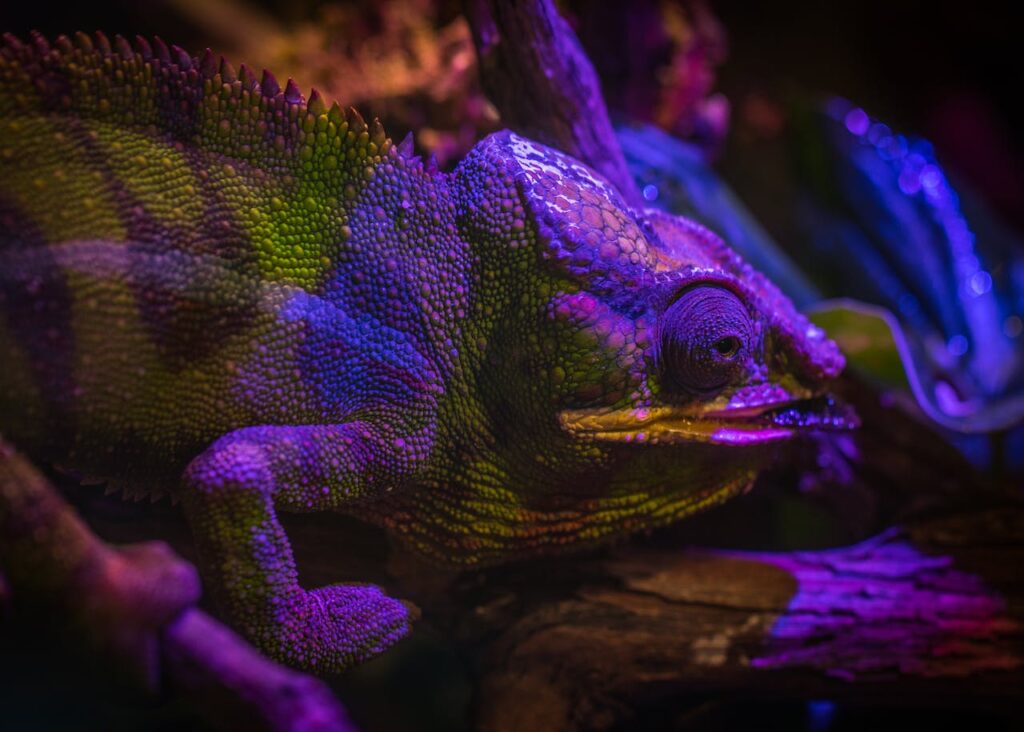
Proper lighting is essential for chameleons as they require UVB rays to metabolize calcium and stay healthy. Invest in a quality UVB light fixture that covers the majority of the enclosure. Place branches and perches at varying distances from the light source to allow for proper exposure. Remember to replace the UVB bulbs as recommended by the manufacturer.
Heating
Chameleons are ectothermic creatures, meaning they rely on external heat sources to regulate their body temperature. Provide a basking spot with a heat lamp to create a temperature gradient in the enclosure. A temperature range of 75-85°F during the day and a slight drop at night is ideal for most chameleon species.
Humidity
Maintaining proper humidity levels is crucial for chameleons, especially those from tropical regions. Use a hygrometer to monitor humidity levels and mist the enclosure regularly to create a humid environment. Incorporate live plants to help retain moisture and provide hiding spots for your chameleon.
In conclusion, chameleon care requires attention to detail and a deep understanding of their unique requirements. By following the guidelines outlined in this guide, you can create a healthy and thriving environment for your chameleon to enjoy. Remember to observe your chameleon’s behavior and make adjustments as needed to ensure their well-being.
Remember, each chameleon is unique, and adjustments to care may be necessary based on individual preferences and health. Regular research and attention to your chameleon’s behavior are key to providing optimal care. Always consult with a reptile veterinarian for specific advice tailored to your chameleon’s needs.
Also Read: Discover the Ultimate Guide to Axolotl Care

